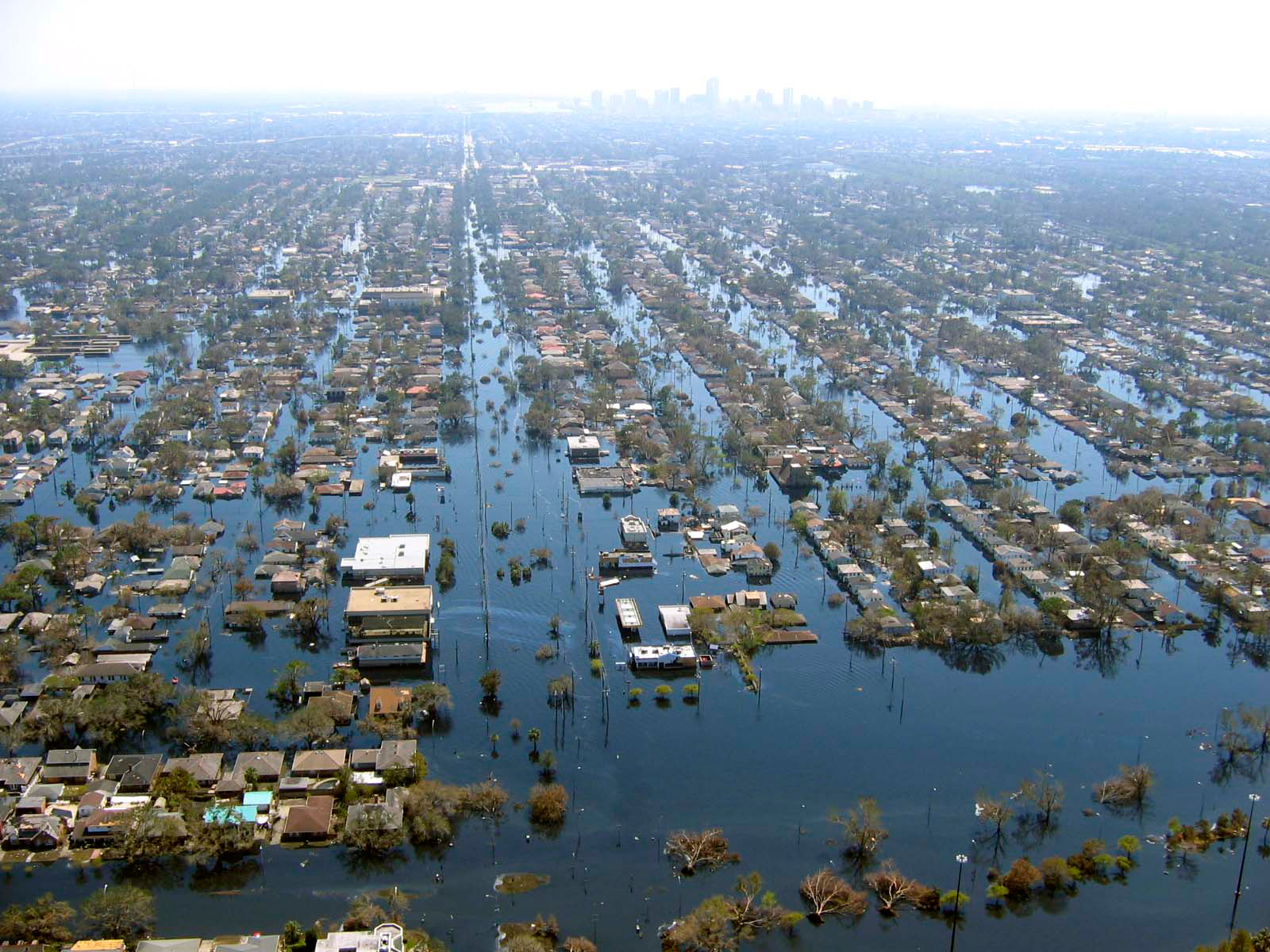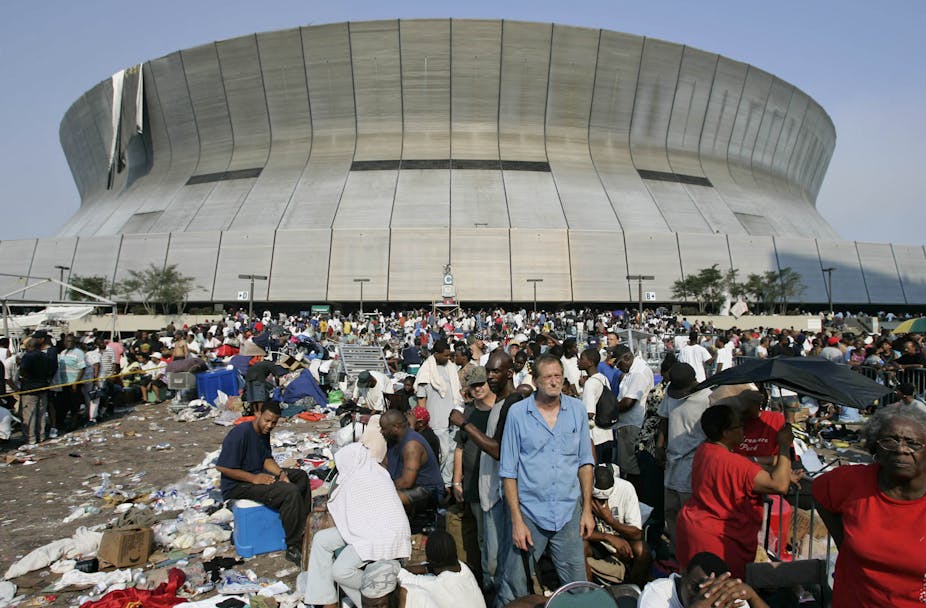Formation - context
The use of bricolage
Intertextuality - Where a media product or text makes reference to another media product or text.
Bricolage - Where a media product is constructed with iconography and conventions from many other texts, creating entirely new meanings. Often used when discussing postmodern media products. An example of a media product that uses bricolage is a 'mashup'. For an excellent example of bricolage, check out Quentin Tarantino’s Kill Bill (2003)
- What specific elements of iconography did the producers of Formation use from That B.E.A.T?
Throughout the song we hear a secondary voice to Beyonce's of a male rapper, assumingly considering his dialect and so forth a representative of the niche 'bounce' genre of music native to New Orleans. - What literal pieces of footage did the producers of Formation take from That B.E.A.T?

This first clip was re-used 20 seconds into the Formation music video, but it originated from the documentary, as I mentioned prior, it served as inspiration for the crucial shots in the music video in which Beyonce is seen draped over a police car. 
The inspiration for the above screencap of a Policeman uniform from behind that was recreated within the Formation music video. - Bounce music has a big LGBT following, and is fundamental to the LGBT scene in New Orleans. How many LGBT themes come through in That B.E.A.T? Why?
The 'bounce' music scene was implied to be extremely diverse and welcoming within the documentary, as it is native towards New Orleans and hasnt overtly spread elsewhere- it is a literal LGBT safespace specific to those there. - Holding its inclusion within the music video shows that there is more to New Orleans than the misconception of simply generalising it as sub-urban african-american people. - Beyonce is a millionaire. Why is she using the themes and iconography of That B.E.A.T? Think carefully about this last one.
The whole idea of celebrity comes from celebration, consumers only flock to a celebrity if they find something within them that is worth celebration or aspirational. - So naturally, albeit being a millionaire, Beyonce attempts at representing herself as an urban african-american figurehead. Thus her blatant intertextual references to an oppresed area that consists heavily of her target audience, and in doing so, builds her additional reknown amongst the people there for bringing their culture and true way of life to light. - She is constantly advocating some form of activism.
The antebellum era and slavery in the American south:
- Essentially an all-time high for slavery during the late 1800s to the beginning of the American Civil War in 1861. In which people of color were subjegated to hefty amounts of manual labour upon plantations, and similar environments, generally overall treated as lesser than that of their 'owners' at the time.
- Feeding back into the Formation video, here is a quotation from the wiki page upon the era:
"Much of the antebellum South was rural and, in line with the plantation system, largely agricultural. With the exception of New Orleans and Baltimore"
- Famously accused of glorifying the plantation era of slavery is the novel 'Gone With The Wind' by Margaret Mitchell, which was then adapted to film in 1939.
We see the character of 'Mammy' within the film embracing the mama stereotype within the film, and alongside this acting as a positive mother-like figure to the main character despite her untouched upon circumstances as a literal slave, though there are criticisms to be made that the Mitchell was arguably extremely out of touch for the inclusion of such, theres another to be made that she was fully aware- with the story only supposed to be a characterisation of the world at the time it was written rather than to be taken as if factual information. 
So why the hell is Beyonce dressed up as an 1800s slave wife, you ask?
Reappropriation - the cultural process by which a group reclaims words or artifacts that were previously used in a way disparaging of that group.
As I mentioned earlier, the music video for Formation panders towards the LGBT community through it's inclusion of elements and iconography from the 'That B.E.A.T.' documentary; Furthering this notion of it being supportive of the contemporary LGBT community, we see Beyonce making hefty usage of reappropriation, by subverting expectations of the period with the mise-en-scene in various scenes depicting what we'd associate with a slave owner of the antebellum era. It's common for the LGBT to often reappropriate various terms or phrases used as hate against them, so the preferred reader would more than likely find a sense of pride in seeing Beyonce do the same here.



As I mentioned earlier, the music video for Formation panders towards the LGBT community through it's inclusion of elements and iconography from the 'That B.E.A.T.' documentary; Furthering this notion of it being supportive of the contemporary LGBT community, we see Beyonce making hefty usage of reappropriation, by subverting expectations of the period with the mise-en-scene in various scenes depicting what we'd associate with a slave owner of the antebellum era. It's common for the LGBT to often reappropriate various terms or phrases used as hate against them, so the preferred reader would more than likely find a sense of pride in seeing Beyonce do the same here.
Hurricane Katrina and the Black Lives Movement:



- Hit New Orleans on the 29th of August back in 2005.
- 125 Billion USD at the time in damage.
- Lead to a total of over 1,800 deaths.
- After the eventual evacuation, the population of New Orleans was reduced to half.
- Ten years later (2015), New Orleans is only 80% of what it once was before Katrina.
- Marked as an unrecoverable stain upon the then Bush-administated federal government, at their lack thereof preparations (in New Orleans) for the oncoming hurricane Katrina, and further inadequate providing of help to those in need of aid, and rescue after the hurricane had hit.
- The media arrived at the event to broadcast as well as publicise it, representing it as many African Americans still see it. An indifference to Black lives from a then vastly white government.
- Case studies were taken as to the wider population caring for the events in New Orleans, there was an overtly higher sense of unity amongst african-americans versus whites.
So how and why does Beyonce's 'Formation' music video use iconography from the event?: - With the Formation music video clearly being prominently thematically oriented towards Black, more specifically African-American empowerment and unity, the Hurricane Katrina is a very easy modern case study to reference iconography-wise due to it's overarching message of an ignorant government and white population (characterised through the wall of all-white military men in the video.)




Comments
Post a Comment